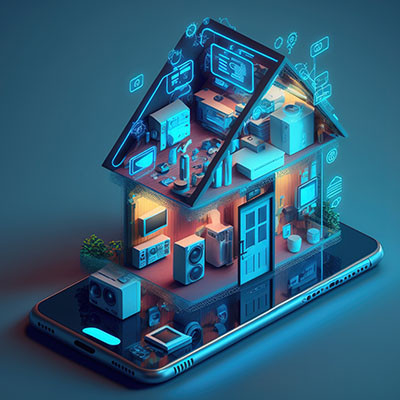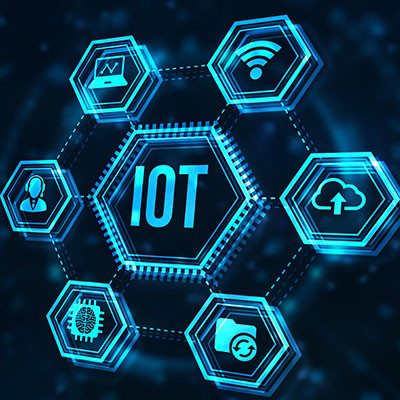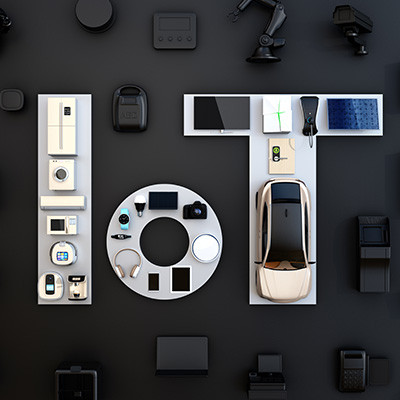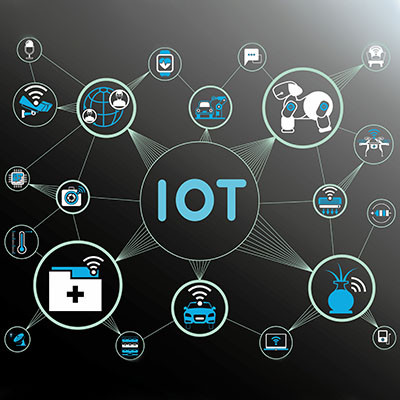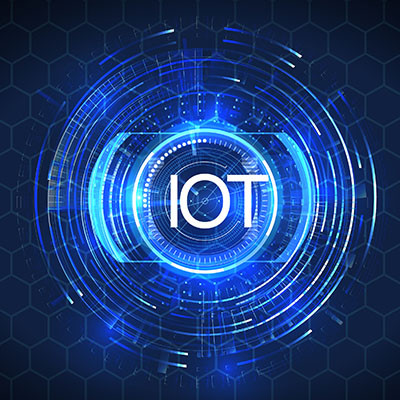With the shift in the manner in which humans interact with machines - and increased number of available machines, it is important to look at how these devices could have an effect on your data security. Today, we look at a few security issues that have popped up with the IoT and how responsible IT administrators can help their organizations ward off these negative situations.
The Things
The things you find in your workplace are honestly not that different than the things you will find in your home, your gym, or any other place you come into contact with smart equipment. There are the ones that the business utilizes, and the ones brought there by their employees. Wearables, like smartwatches, if directly attached to a network, can bring in nefarious code, but for the most part, these devices come with integrated security software (through their OS), and are less of a threat than devices that are left unprotected by their developer support.
The problem businesses have is that it’s against a consumer’s nature to disregard the cool, new devices because they may present a problem for them down the road. So now there are literally billions of smart devices connected to the Internet each day that don’t get any attention. This is largely because the idea of the “smart” life, the one where people are clamoring to be the first in their neighborhood to be using these smart technologies, simply hasn’t materialized, leaving support for older products at a minimum or non-existent. Turns out a small business doesn’t have the available capital to invest in replacing all their technology with smarter technology. So companies (and consumers) are doing it piecemeal. If IoT devices are to become the standard, manufacturers are going to have to find a way to provide IoT devices affordably. There is little doubt that a world where typical products are connected, monitored, and managed is still an inevitability, but that reality hasn’t developed as fast as some people projected.
IoT Uses for Business
The modern business typically tries to use innovative new tools in the most effective manner possible. The Internet of Things, however, may seem like one of those concepts that weren’t built for business use, as the tools that get the most press are smart appliances and energy-saving technology like smart thermostats and smart lights. This couldn’t be further from the truth. In fact, industry experts surmise that nearly 70 percent of all IoT implementations through 2020 will happen in a business setting.
So, what are some of these smart tools that an SMB should consider deploying?
- Real-Time Data Management - By attaching all of your resources to a network, administrators are able to track every part of your business, whether that be expenses, workflow, hardware, etc.
- Streamline Supply Chain - For the growing manufacturer, the IoT can become a complete game-changer. By having an IoT system capable of integrating with the complete production, distribution, and procurement processes, it can be free from human error, making business run much more efficiently. This is made possible through the use of data loggers, barcode readers and RFID tags.
- Remote Worker Management - The IoT is helping connect systems that aren’t typically connected. As a result, the feasibility of having a staff of remote workers has never been more realistic. Companies will be able to reduce turnover, reduce costs, and get higher degrees of productivity out of their resources with the use of IoT-based integrations.
- Workplace Management - For those businesses that are forced to (or who choose to) employ onsite workers, the IoT can be a major time and money saver. By deploying smart locks, smart thermostats, smart lighting, etc., you can save money and have complete control over how your workplace is setup and managed.
- Time Management - You know those smart speakers everyone is getting as gifts? They can do a lot. In fact, they can do as much or more that a human assistant. Voice assistants like Alexa, Google Assistant, and Cortana (to name a few) will become important components of the modern workplace over the next few years; and, can function as a central hub of other IoT devices that you use for your business.
IoT and Data Security/Privacy
For the small or medium-sized business, the IoT is all about data; and, the questions that are presented when capturing it. Why, if it’s making things easier, is there this underlying fear about IoT? Whose data is it exactly? What data is helpful/hurtful to your organization?
To answer this, we have to know what exactly an IoT device is.
An Internet of Things device is any device that has integrated network functionality. That’s it. There doesn’t have to be much function to it, and as you’ll learn soon, security isn’t necessarily a priority either. Knowing that, you have to know that when each of these devices is accessed by people, it creates a veritable treasure trove of data. So, in order to properly use IoT devices for your business, you have to do two things:
- Ensure data goes where it needs to go so it is protected or destroyed.
- Secure the devices against threats.
That’s it. If you want to protect your network from the threats surrounding IoT devices, you’ll have to understand both the security of your network from the outside, and the integrated security of any device you allow to access your network.
The Threats
There are several threats the IoT can present, but two of them are extreme. The first one is the propensity for these devices to not be secure. Since new smart things are made every day, some of the older smart things will need to be upgraded to stay secure. The problem with this is that many devices don’t have strong support, and don’t necessarily even get updates. This can put your network in a very precarious position. When deciding which IoT devices to allow on your business’ network, you have to know that it comes with the security required.
The other threat is that, today, with so many devices providing access to a person’s sensitive information, lines are beginning to blur a bit as to what is good to use and what is too personal. For example, an employee wears a fitness band and connects it to your business’ network. Of course, all the data from that device is fully able to be captured, but should it be? The job of the IT administrator gets more difficult when they have to decide what data has to stay anonymous and what data is fair to use. This is why many cloud-based IoT platforms will present IT administrators with the ability to encrypt certain types of information. Since not all platforms do this, it is on the shoulders of the IT administrator to make sure they understand that (along with the security of the business’ network) users’ privacy needs to be made a priority.
As the IoT continues its immense growth, people will be utilizing it to improve their lives and their businesses. There is a lot that is misunderstood about the Internet of Things, and a lot that even experts don’t know yet. With its emergence, however, it will likely transform the way small and medium-sized businesses look at their data. For more information about the Internet of Things, visit our blog today.






